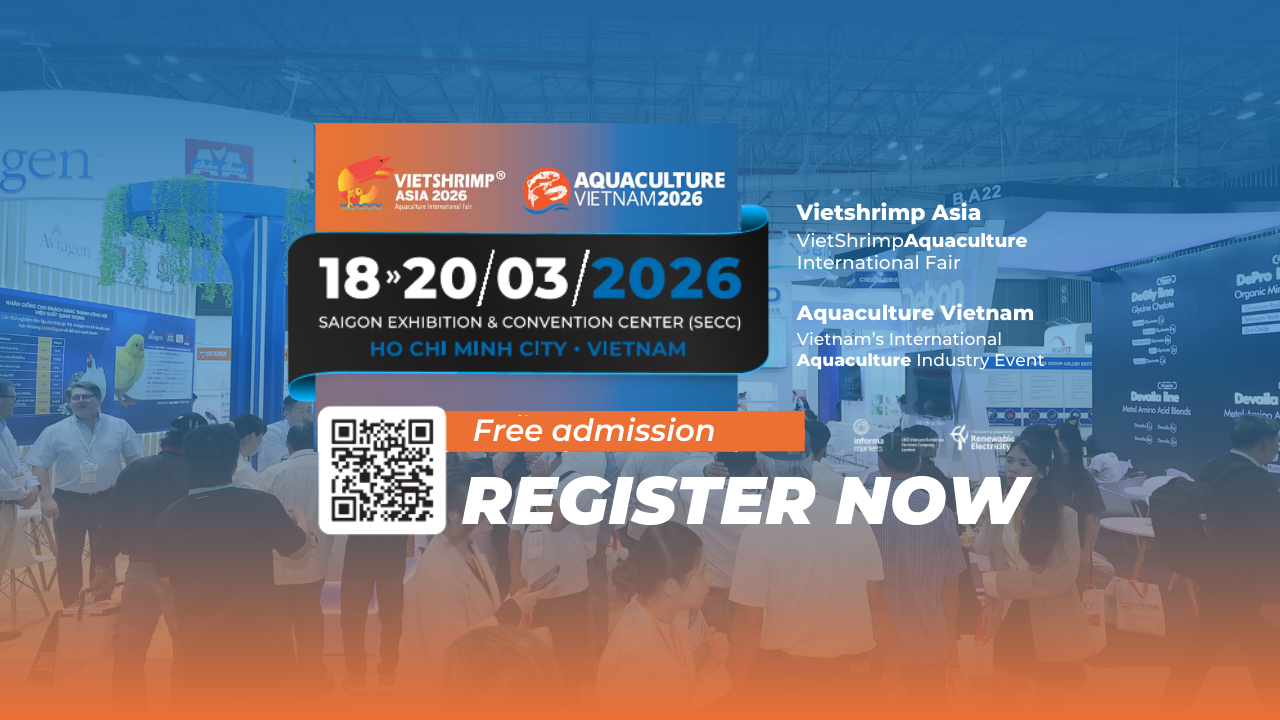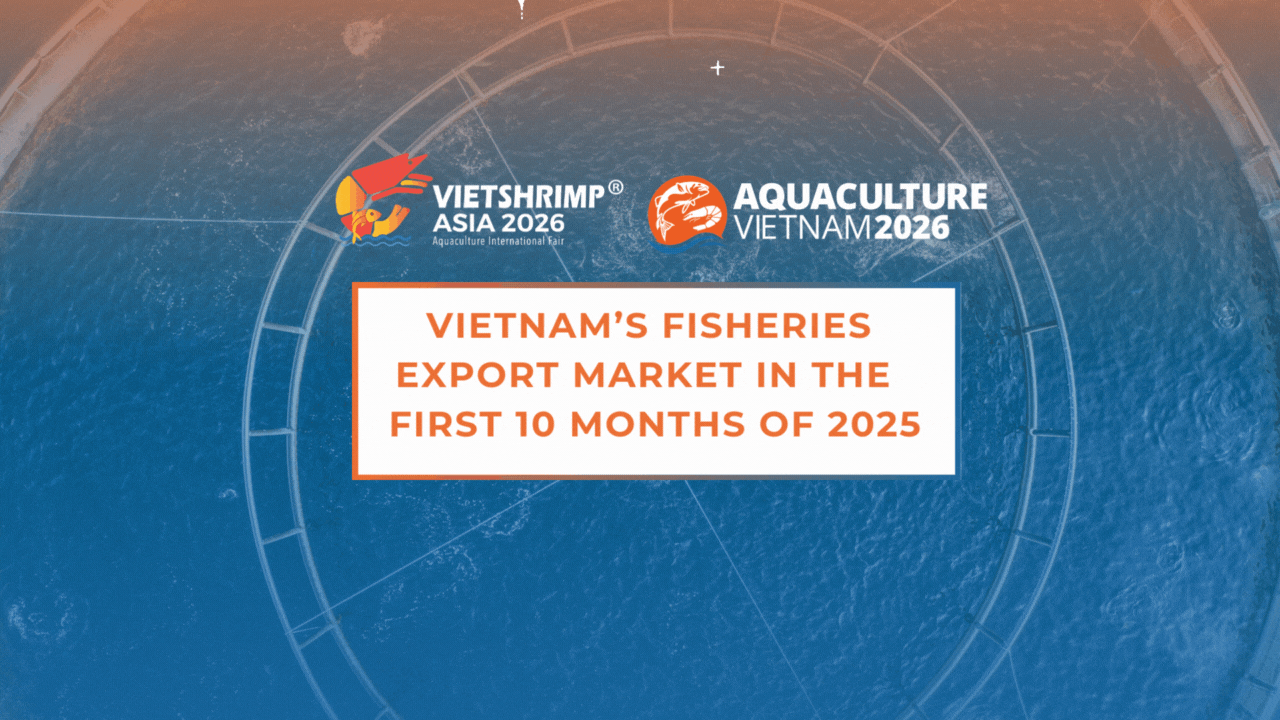The future of farming: Hydroponics combine with aquaculture

The combination of hydroponics and aquaculture offers a sustainable method for agriculture that maximises resource and space efficiency. This symbiotic relationship between plants and fish creates a self-sustaining ecosystem, where fish waste provides nutrients for plant growth and plants purify the water. Therefore, this system not only conserves water but also reduces the need for fertilisers. This article will explore the setup and operation of integrated hydroponic and aquaculture systems, as well as their benefits for sustainable agriculture and people’s health.
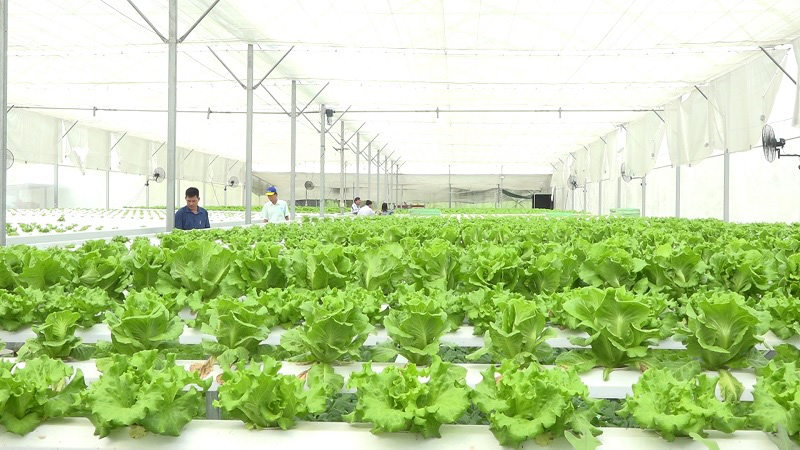
Overview of aquaponics system
Aquaponics is a sustainable integrated farming system that combines aquaculture and hydroponics in a closed loop. In this system, water from fish tanks, rich in organic waste, is pumped to plant beds. Beneficial bacteria convert this waste into nutrients that are readily available for plant uptake. The plants, in turn, clean the water before it returns to the fish tanks. This closed-loop system conserves water, reduces the need for chemical fertilisers, and produces clean and safe agricultural products.
Aquaponics systems offer numerous advantages to both farmers and consumers, including:
- This model consumes only 10% of the water used in traditional farming methods, due to its continuous circulation system, which optimises water usage.
- Aquaponics systems can be implemented in small spaces such as rooftops, balconies, or indoors. This allows plants and fish to be cultivated in close proximity, optimising the use of space and light.
- The system doesn’t require chemical fertilisers, pesticides, or fish feed as nutrients are primarily derived from fish waste and plant matter. Maintenance costs are also minimal, requiring only a water pump and an air pump for the fish tank.
- Vegetables, fruits, and fish are cultivated in a natural, chemical-free environment, ensuring safety and high quality. Plants have rapid growth and superior yields.
- The system allows for the simultaneous harvesting of plants and fish, diversifying products, and mitigating risks. Products from aquaponics systems often offered higher market prices, due to the growing consumer demand for clean and sustainable food.
Common aquaponics systems nowadays
Flood and drain aquaponics system
Flood and drain aquaponics systems are renowned for their simplicity and ease of operation, making them ideal for farming households or beginners in aquaponics.
This system operates on a basic principle: water from the fish tank is pumped and directly irrigated onto plants in trays, pots, or containers filled with growing medium (such as clay pebbles, or lightweight gravel). The advantages of this system lie in its low initial cost, easy construction, and maintenance.
Shallow water culture (SWC) aquaponics system
Compared to flood and drain systems, shallow water aquaponics is considered more technically advanced and efficient. This system is particularly well-suited for small-scale farms and safe food production facilities. The primary distinction lies in water retention: water from the fish tank is pumped into plant-growing beds and held there for a specific period before being drained automatically or manually.
Growing beds typically consist of large plastic trays (15 – 30 cm deep) filled with growing medium (such as clay pebbles or lightweight gravel). The smart water retention system in shallow water Aquaponics offers superior water filtration and oxygenation for plants and fish compared to flood and drain systems.
Deep water culture (DWC) Aquaponics system
Deep water culture is a high-tech aquaponics system that offers exceptional productivity but requires technical expertise. This model is commonly applied to large-scale farms or industrialised safe food production facilities.
The distinctive feature of this model is that water from the fish tank is continuously pumped and stored in the plant-growing bed (wide plastic trays, 30 – 35 cm deep). Instead of using a growing medium, plants are grown on floats (styrofoam, plastic, etc.).
By optimising the planting area and effectively utilising water resources, deep water culture aquaponics systems yield the highest productivity among all aquaponics models. However, the initial investment and technical requirements for operating this model are also the highest.
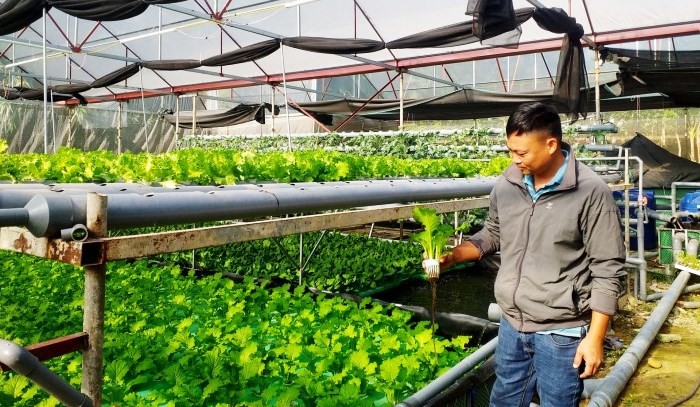
Best fish species for Aquaponics
When selecting fish species for aquaponics systems, the top priority is to choose individuals with high resistance and good adaptability to the environment. Some recommended fish species for aquaponics include:
- Tilapia: This is a preferred choice for aquaponics due to its easy rearing, fast growth rate, and good tolerance in high-density conditions.
- Catfish group: Including catfish, pangasius, etc. This group is suitable for freshwater environments and is very suitable for aquaponics systems
In addition, other fish species such as red tilapia, elephant ear fish, perch, and common carp can also be raised in aquaponics systems. Other animals such as giant freshwater prawns and turtles can also be considered depending on specific system conditions.
When selecting the fish species, it is important to ensure that the species can adapt well to the environment and do not negatively impact the root system of plants. Fish need to be able to live in high densities, tolerate water changes, and contribute to providing nutrients for plants by converting waste. Choosing the right fish species not only maintains the balance of the system but also ensures the long-term efficiency of the aquaponics model.
Which hydroponic plants should be combined with fish farming?
Aquaponics, a system that integrates aquaculture and hydroponics, is a special closed-loop model where fish waste is converted into valuable nutrients for plants. In this system, nitrification by bacteria transforms waste into nitrates, providing essential nutrients for plant growth.
Aquaponics allows for the cultivation of a wide variety of vegetables and plants, including:
- Leafy greens: lettuce, spinach, cabbage, amaranth, water spinach, and various herbs.
- Legumes: green beans, soybeans, okra, yardlong beans, and peanuts.
- Fruits: tomatoes, cucumbers, eggplants, etc.
Additionally, aquaponics systems are suitable for vining plants such as squash, luffa, bitter melon, and cucumber, yielding significantly higher productivity compared to traditional soil-based cultivation.
Growing vegetables hydroponically while also raising fish is a modern, advanced, and eco-friendly agricultural model. By using nutrient-rich water from fish ponds to nourish vegetables, this model helps to recycle water, reduce pollution, consume less chemical fertiliser, and minimise space usage.
Combining hydroponic cultivation with fish farming also creates a stable income, diversifies products, and improves the farmers’ quality of life. This is a sustainable agricultural solution suitable for meeting global food demand and protecting the environment.
However, to maximise the potential of this model and remain at the forefront of technological advancements, it is crucial to stay ahead of industry trends and innovations. Participating in industry events offers a unique opportunity to gain access to the latest advancements and learn from the best in the field.
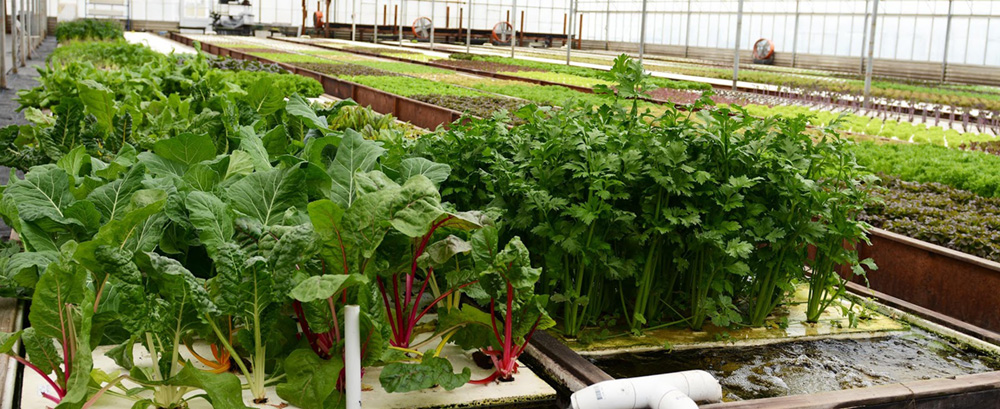
Aquaculture Vietnam 2024 stands as a premier event in the aquaculture sector. This exhibition brings together industry leaders, experts, and researchers to showcase the latest advancements in aquaculture technologies. Attendees can expect to discover innovative solutions, engage with industry experts, and gain valuable insights into emerging trends.
Aquaculture Vietnam 2024: Elevating Vietnam’s aquaculture industry on the global stage
Aquaculture Vietnam 2024 will be held from October 9 – 11, 2024, at the Saigon Exhibition and Convention Center (SECC), Ho Chi Minh City. This will be an opportunity to:
- Explore the latest advanced solutions and technologies applicable to various aquaculture models. This is a gathering place for hundreds of suppliers, manufacturers, importers, distributors, investors, experts, and businesses operating in the aquaculture industry both domestically and internationally, from traditional aquaculture to integrated aquaculture with hydroponics (aquaponics). Discover the ways to optimise your operations, reduce costs, and enhance product quality.
- Network with potential partners and customers, build long-term business relationships and strategic collaborations. Participate in the Match & Meet Program to connect directly with exhibitors and industry leaders, and make informed decisions right at the event.
- Update on the latest trends, markets, and policies of the global aquaculture industry, through technical seminars presented by reputable experts. You will gain practical knowledge and experience, helping you seize opportunities and overcome challenges in the sector.
- Explore the latest innovations in aquaculture by visiting the booths of leading suppliers. Discover a wide range of products and services, from cutting-edge equipment and machinery to high-quality feed, veterinary drugs, breeds, and processed seafood products.
- Free transportation is provided for livestock farmers from various provinces in Vietnam and Cambodia to visit the event.
- Connect with importers worldwide, showcase Vietnam’s seafood products, and foster new export opportunities.
Aquaculture Vietnam 2024 is a must-attend event for anyone working in or interested in the aquaculture industry. Don’t miss this opportunity to network, learn, and contribute to the sustainable growth of Vietnam’s aquaculture sector. Register now to secure your spot.
- Registration for visitors: https://ers-vn.informa-info.com/vsv24
- Book a stand: https://www.aquafisheriesexpo.com/en/dat-gian-hang/
————————–
Info box:
- Exhibiting: Ms. Sophie Nguyen – [email protected]
- Group Delegation Support: Ms. Phuong – [email protected]
- Marcom Support: Ms. Anita Pham – [email protected]


